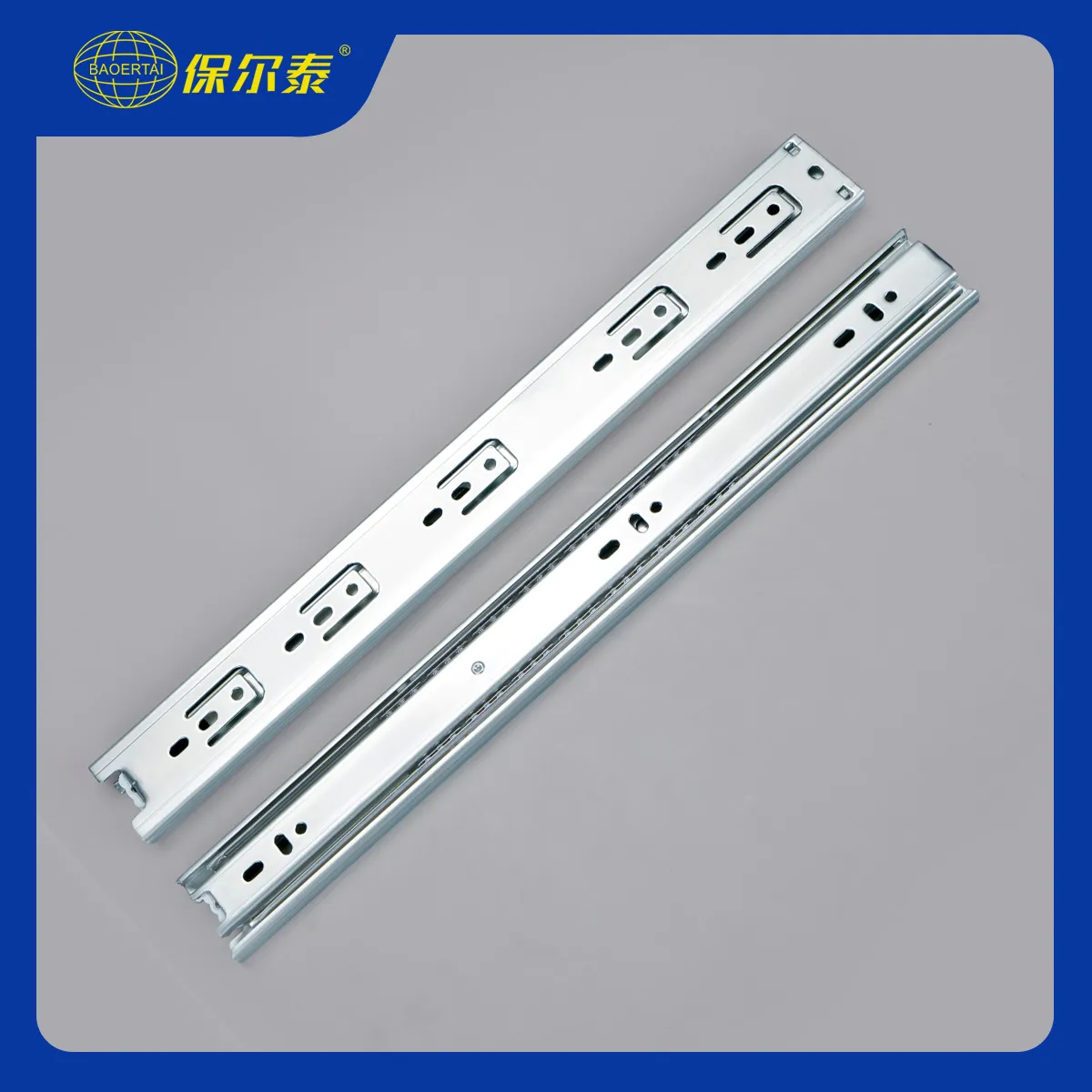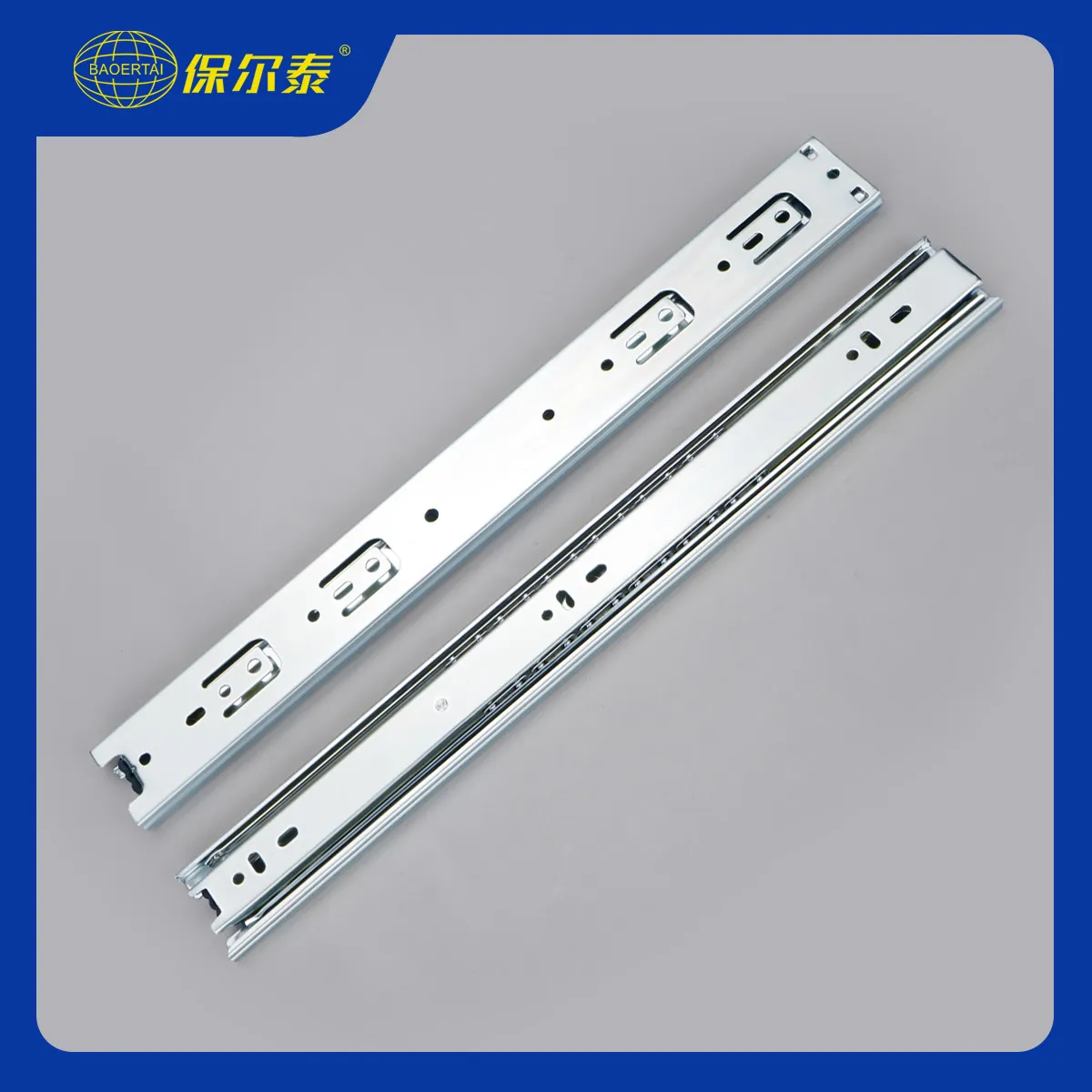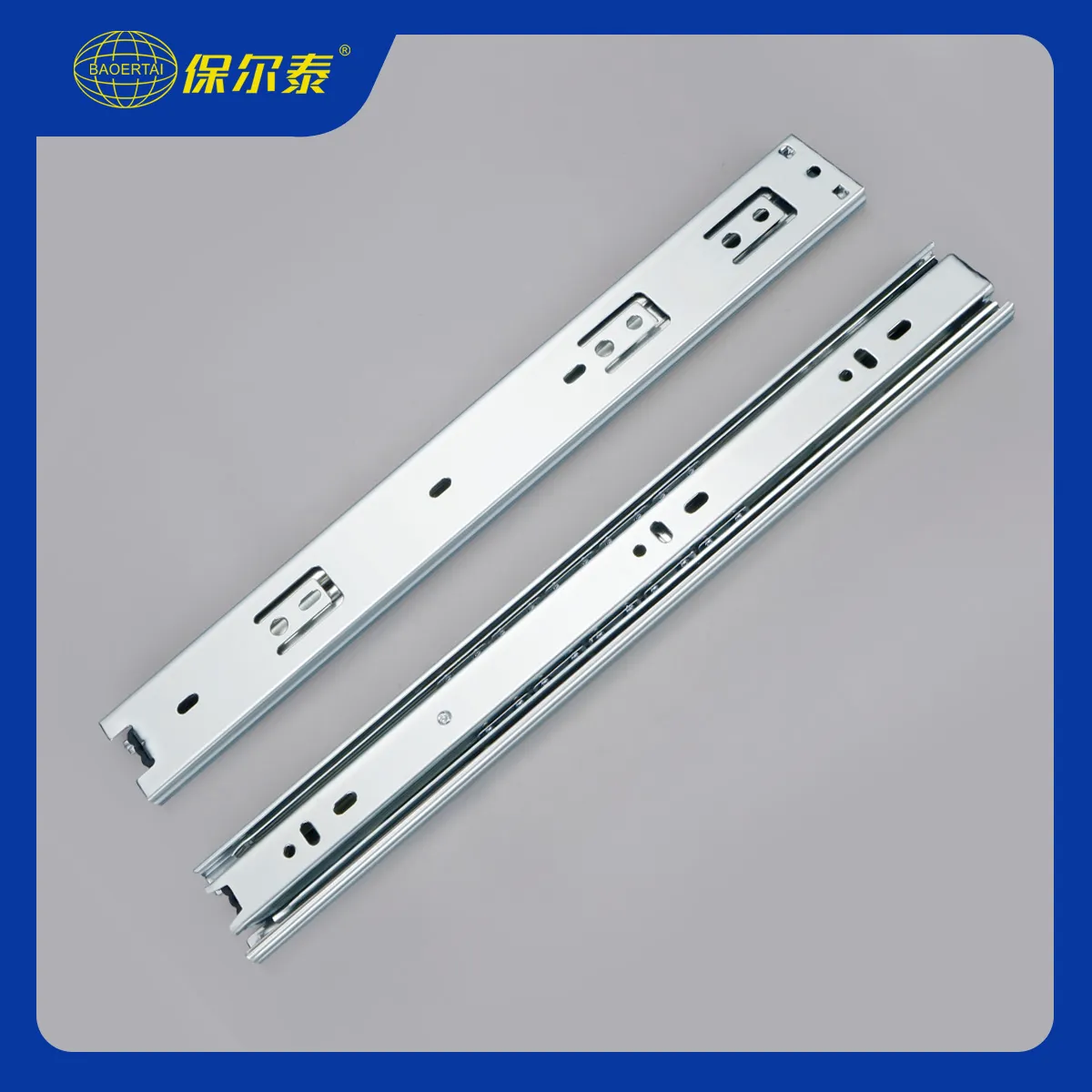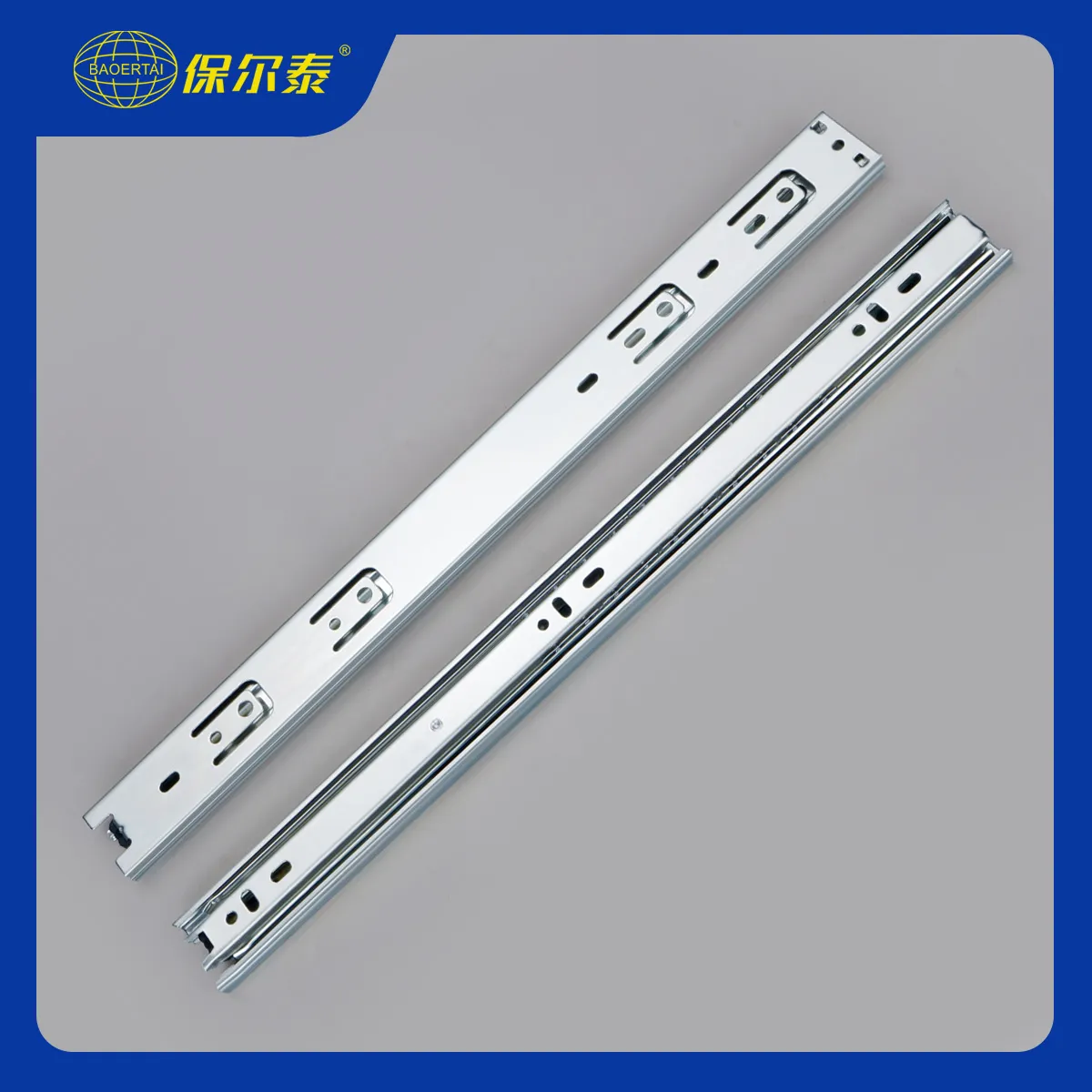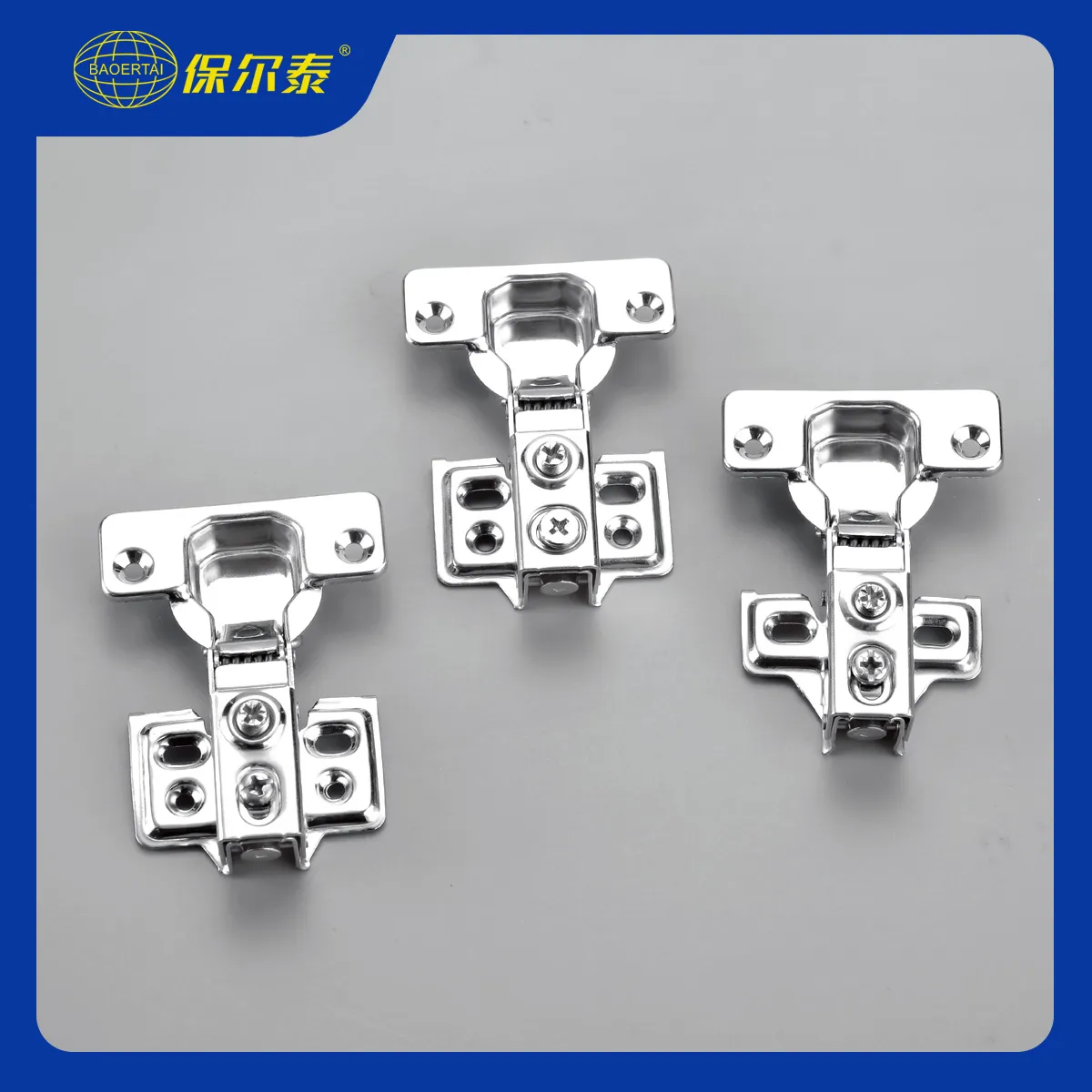Warum die Auswahl der Scharniere in der Möbelherstellung wichtig ist
Als Fachmann für die Herstellung von Beschlägen habe ich miterlebt, wie zahllose Schrankprojekte aufgrund einer einzigen kritischen Entscheidung erfolgreich waren oder scheiterten: Auswahl des richtigen Scharniertyps. Die Daten der Industrie aus dem Jahr 2024 zeigen, dass Missverständnisse bei der Klassifizierung von Scharnieren 23% der Installationsfehler und 15% der Produktrückgaben bei den weltweiten Möbelexporten.
Das mechanische Herzstück Ihres Schranks
Ein einzelnes Scharnier hält während der Lebensdauer eines Schranks über 50.000 Öffnungs- und Schließzyklen aus. Die drei grundlegenden Scharniertypen sind jeweils für unterschiedliche Designanforderungen geeignet:
Anforderungen an die Rahmenabdeckung (sichtbarer Schrankrahmen)
Konfigurationen der Türausrichtung (insbesondere Eckschränke)
Physik der Gewichtsverteilung (von MDF auf Massivholz)
Während Innovationen wie sanft schließende Mechanismen (z. B. hydraulische Dämpfer) die Funktionalität verbessern, ändern sie nicht die Klassifizierung der Kernscharniere.
Technische Aufschlüsselung: Scharniertypen entschlüsselt
1. Full Overlay Scharniere
Prinzip der Gestaltung: Verdeckt in geschlossenem Zustand die Seitenwände des Schranks vollständig
Wichtige Spezifikationen:
- Overlay-Messung: 1,25″ bis 1,5″ (32-38mm) pro Seite
- Gewichtskapazität: Unterstützt Türen bis zu 1,5″ dick
Am besten für: Zeitgenössische rahmenlose Schränke
*Pro-Tipp: Verwenden Sie für Unterschränke einen Öffnungswinkel von 110°, um Kollisionen mit Türgriffen zu vermeiden.
2. Halbüberlagerte Scharniere
Prinzip der Gestaltung: Zwei Türen teilen sich eine mittlere Platte mit teilweiser Abdeckung
Kritische Details:
- Overlay-Messung: Präzise 50% Abdeckung pro Tür
- Ausrichttoleranz: Erfordert eine Präzision von <1mm zwischen den Türen
- Ideale Anwendung: Doppeltürige Mitteltrennwände
3. Inset Scharniere
Prinzip der Gestaltung: Die Tür sitzt bündig im Schrankrahmen
Technische Anforderungen:
- Tiefe der Rezession: 3-5 mm Spielraum zwischen Tür und Rahmen
- Materielle Beschränkung: Nur für kammergetrocknetes Schnittholz (≤12% Feuchtigkeit)
- Einrichtung: Obligatorische 35-mm-Tassenbohrung
Premium-Anwendungsfall: Traditionelle Möbel mit sichtbaren Rahmen
Leitfaden für den visuellen Vergleich
Tabelle 1: Technische Daten des Scharniertyps
| Merkmal | Vollständige Überlagerung | Halbes Overlay | Einlage |
| Rahmen Sichtbarkeit | Keine | Teilweise | Vollständig |
| Position der Tür | Äußerer Rahmen | Überschneidungen | Rahmen innen |
| Ideale Türdicke | 18-25mm | 18-22mm | 20-30mm |
| Tragfähigkeit | 15kg | 12kg | 9kg |
*Abbildung 1: 3D-Schnittdiagramme zur Darstellung der Beziehungen zwischen Tür und Rahmen*.
Professionelles Installationsprotokoll
Kritische Messungen
- Overlay-Typ bestimmen:
Vollständiges Overlay, wenn Fuge <5mm
Halb/Einstich wenn Fuge >15mm
- Lückenberechnungen:
Vollständige Überlagerung: 3-5 mm zwischen den Türen beibehalten
Halbe Überlappung: Die Türen berühren sich in der Mittellinie ±0,5 mm
Erweiterte Anpassungstechniken
Moderne verdeckte Scharniere:
Schrauben in der Tiefe: Gleicht Unebenheiten der Wände aus (5 mm Korrektur)
Seitliche Schlitten: Korrigiert die Fehlausrichtung der Tür
Höhe Tuner: Perfektioniert die Lückensymmetrie
Achtung! Zu festes Anziehen der Einstellschrauben führt zu Rissen in den Scharnierfüßen. Verwenden Sie stattdessen Schraubensicherungsflüssigkeit.
Marktspezifische Anwendungen
Nach Schranktyp
- Unterschränke: Vollständiges Overlay für maximale Zugänglichkeit
- Oberschränke: Einbauscharniere für schlanke Profile
- Eck-Schränke: Halbüberdeckung eliminiert Mittelpfosten
Regionale Präferenzen
- Nordamerika/EU70%: Bedarf für weich schließende Vollverkleidung
- Südostasien: Kostengetriebene halbe Overlay-Dominanz
- Luxuriöse Gastfreundschaft: Verdeckt eingesetzte Scharniere für minimalistische Ästhetik
Schlussfolgerung: Präzisionstechnik = Marktvorteil
Im Jahr 2024 erreichten die Hersteller, die die korrekten Scharnierklassifizierungen verwendeten 18% höhere Kundenbindung. Die wichtigsten Erkenntnisse:
- Scharniere auf die Schranktechnik abstimmen - nicht nur auf den Preis
- Spezifikationen genau dokumentieren (z. B. "HALBES OVERLAY" und nicht "teilweise Abdeckung")
- Bereitstellung von übersetzten Installationshandbüchern
"Ein Scharnier ist der Händedruck zwischen Möbel und Benutzer - machen Sie es selbstbewusst."


